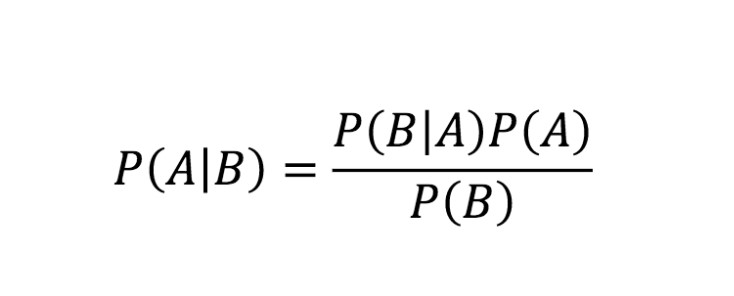HOW MATHS MINGLED WITH PSYCHOLOGY THROUGHOUT HISTORY
By Emma Wei
The Bayesian Theory explained in a cartoon
How would you describe a psychological theory? Using words? Using analogies? Or can you express them more clearly using mathematical equations? Over the years, psychologists have been trying to develop mathematical models to quantify their results, in the effort to make psychology as ‘scientific’ and accurate as possible.
It is said that the first psychologist who tried to quantify the spiritual world was Ernst Weber, a German physician who was strangely fascinated by weightlifting. He did experiments using weight as an example of a stimulus, and later generalised that the difference threshold, which is the smallest change in stimulus that can be detected by people, is proportional to the original threshold size. This simply means that if you are only carrying one textbook in your bag, if another textbook was put in your bag, you can definitely feel that your bag has become heavier. However, if you were carrying a large rock in your bag, which I do not recommend but nonetheless, if I put a book into your bag, the difference would be too subtle for you to notice. He expressed this relationship using an equation: Just noticeable difference = kWx, where x is the current intensity of the stimulus, and kW is an arbitrary constant known as the Weber fraction. This might seem like a simple expression, but the thought that verbal models can be expressed using maths was mind blowing to 19th century psychologists.
After the two world wars, boom in the economy led to the rapid development of commercial psychology. Mathematical modelling was also becoming more and more relevant due to the rise of computability theory and computer science. For example, Luce’s choice axiom was one of the most important theories used by commercial brands to simulate consumers’ probability of choosing a certain product. In simple terms, Luce’s choice theory states that if you were given a list of items, the probability of you choosing x rather than y is not affected by the presence of item z. Professor Luce expressed this using a mathematical formula. To this very day, this model is used by commercial companies.
Traditionally, Null Hypothesis Significant Test (NHST) is used for psychological reviews. As fellow A Level Maths students would know, a bell-shaped curve would be drawn to represent the probability of certain things happening. An arbitrary p-value is chosen, stating that if the event is this unlikely to happen, the original hypothesis would be rejected. However, with this NHST method, you can never determine whether the hypothesis is true. You can only say that it is likely to be true or false. The Bayesian model rose because of the flaws NHST method. Bayes Rule simply stated…
In statistical testing, the Bayesian model replaced the letter B with probabilities of alternative hypotheses, and A was replaced with the probability of certain parameters. This simply refines the p-value for NHST, giving a more accurate modelling method for our irrational non-probabilistic minds. As mathematical as it sounds, it actually merges with psychology perfectly, yielding many interesting results. By converging two different Bayesian techniques in four dimensions, Tenenbaum proved that happiness can be explained through three dimensions, which sounds shocking to sociologists.
Over the years, psychology incorporated more mathematics in order to describe and test the theories more scientifically. The interconnectedness of mathematics and science maps out a different universe for psychologists, exploring the complex nature of human beings in a rigorous way.

